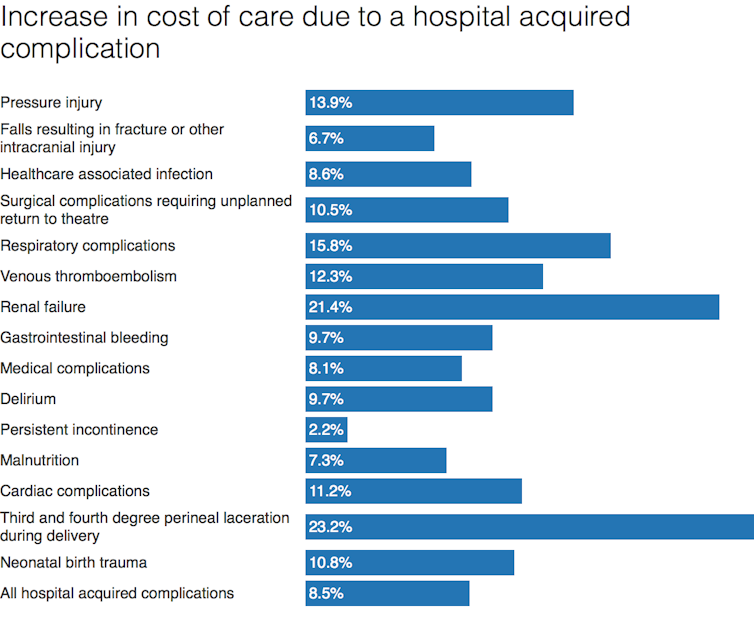Withdrawing funding for hospitals’ mistakes probably won’t lead to better patient care
Unless new Federal Government changes to hospital funding for avoidable medical complications are implemented alongside other measures, they are unlikely to have much impact, writes Helen Dickinson.




